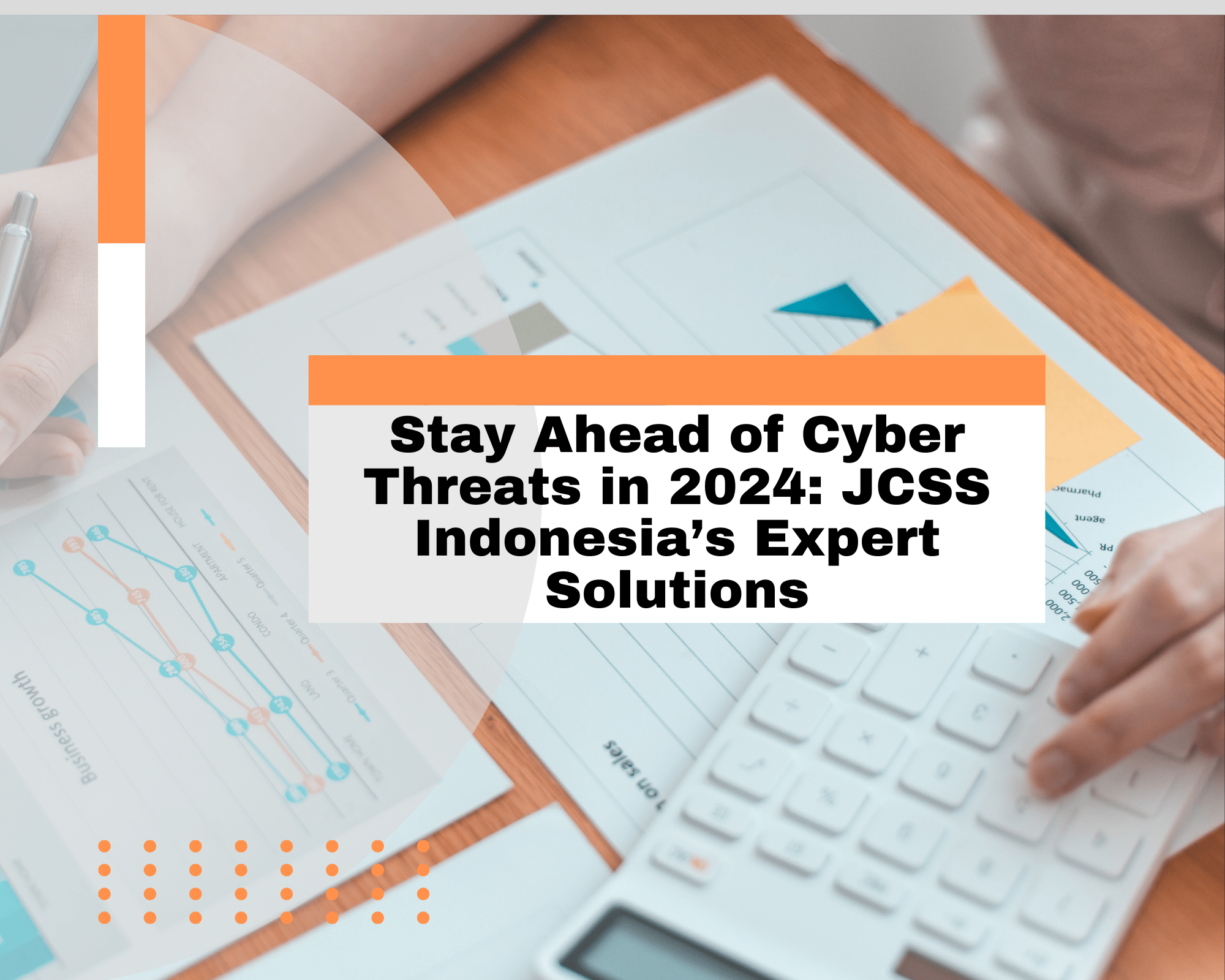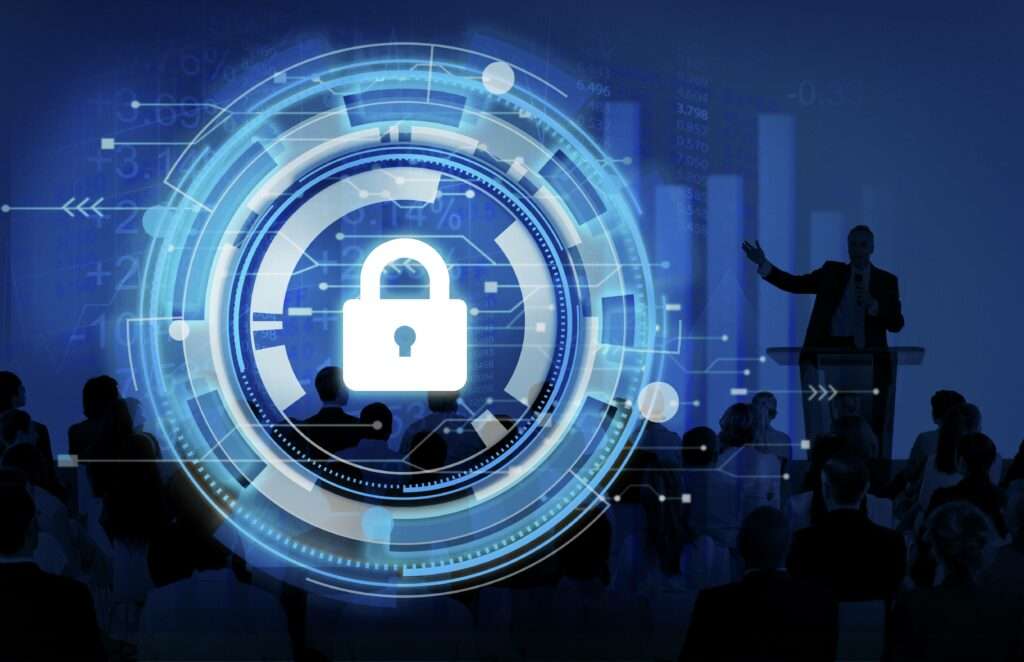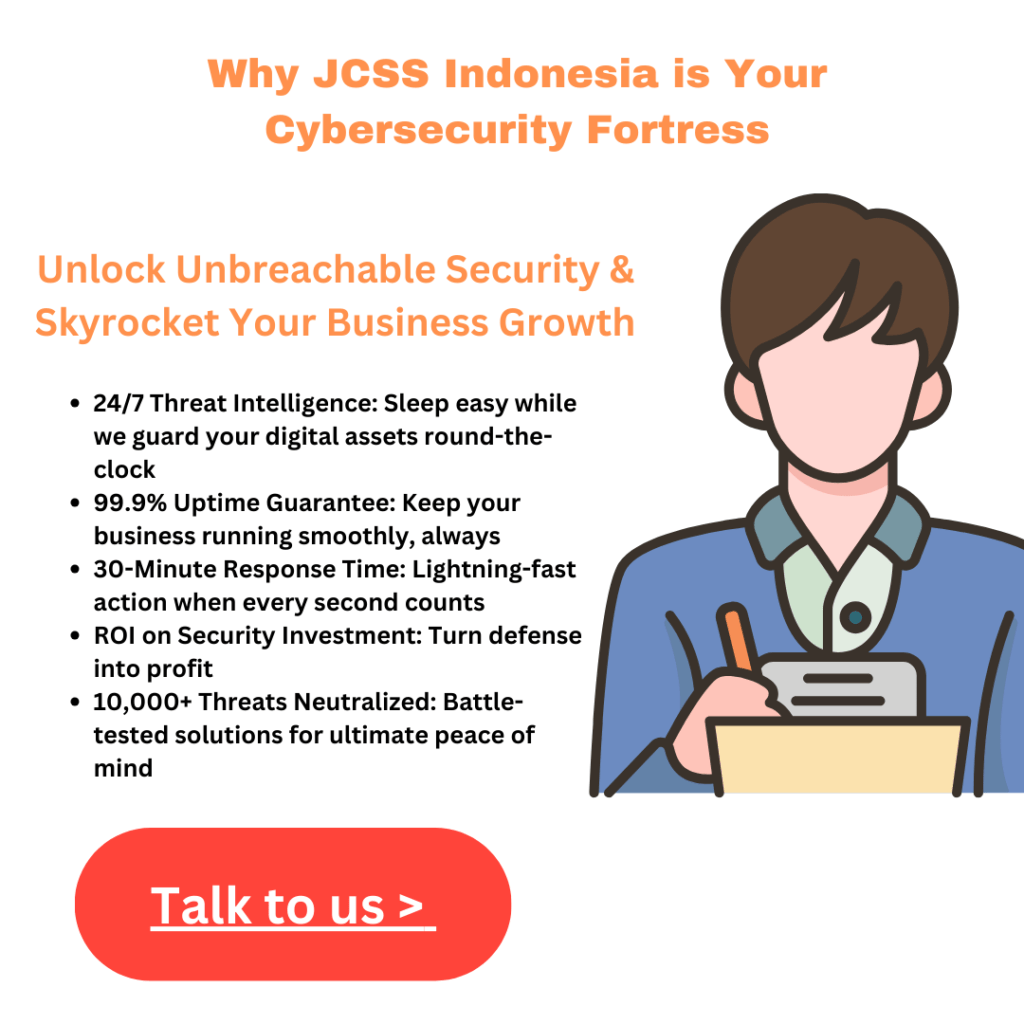
2024’s Best Enterprise Cybersecurity Solutions: How JCSS Indonesia Tackles Your Biggest Pain Points
In today’s hyper-connected world, cybersecurity isn’t just an IT issue—it’s a business imperative. Did you know that 43% of cyber-attacks target small businesses, but only 14% are prepared to defend themselves? That’s a scary statistic, isn’t it? As we navigate the complex digital landscape of 2024, enterprises of all sizes are facing unprecedented challenges in protecting their digital assets. But here’s the silver lining: with the right solutions and partners like JCSS Indonesia, you can transform your cybersecurity from a daunting challenge into a powerful competitive advantage.
Understanding Enterprise Cybersecurity Challenges
The cyber threat landscape is evolving at a breakneck pace. As we speak, hackers are devising new ways to breach even the most sophisticated defenses. Common vulnerabilities in enterprise networks, such as outdated software, weak passwords, and unsecured IoT devices, are like open invitations to cybercriminals.
But the impact of a successful cyber-attack goes far beyond just data loss. It can cripple your business continuity, tarnish your hard-earned reputation, and even lead to severe legal consequences. And let’s not forget the mounting pressure from regulatory bodies. Compliance requirements like GDPR, HIPAA, and ISO 27001 are becoming increasingly stringent, adding another layer of complexity to your cybersecurity efforts.
Key Pain Points in Enterprise Cybersecurity
If you’re an IT manager, compliance officer, or business owner, you’re probably all too familiar with these pain points:
- Skill Shortage: Finding and retaining skilled cybersecurity professionals is like looking for a needle in a haystack.
- Tool Overload: Managing a plethora of security tools can be overwhelming and counterproductive.
- Threat Evolution: Keeping up with emerging threats and attack vectors feels like a never-ending race.
- User Experience vs. Security: Striking the right balance between robust security and seamless user experience is a constant challenge.
- Budget Constraints: Justifying cybersecurity investments and demonstrating ROI to the board can be an uphill battle.
Sound familiar? Don’t worry, you’re not alone in this struggle!
Essential Enterprise Cybersecurity Solutions
To combat these challenges, a robust cybersecurity strategy should include:
• Next-generation firewalls and intrusion detection systems
• Advanced endpoint protection and EDR (Endpoint Detection and Response)
• Cloud security and CASB (Cloud Access Security Broker) solutions
• Identity and Access Management (IAM)
• Security Information and Event Management (SIEM)
But here’s the catch – implementing these solutions isn’t a one-and-done deal. The key lies in ongoing adaptation and continuous improvement.
Cybersecurity Risks in the Modern Enterprise
In today’s digital landscape, organizations face an array of cybersecurity challenges that can potentially compromise their operations, data, and reputation. Understanding these risks is crucial for developing effective defense strategies. Below are some of the primary cybersecurity risks that enterprises commonly encounter:
External Attacks: Sophisticated cyber criminals and malicious actors continuously probe for vulnerabilities in an organization’s digital infrastructure. These external threats can range from automated scans to highly targeted attacks, aiming to breach security measures and gain unauthorized access to sensitive information.
Insider Threats: While often overlooked, risks from within the organization can be equally damaging. Trusted individuals such as employees, contractors, or vendors may, either intentionally or unintentionally, compromise security protocols, potentially leading to data breaches or system vulnerabilities.
Human Error and Negligence: Unintentional actions by staff members can create significant security risks. This may include falling for phishing scams, mishandling sensitive data, or inadvertently exposing confidential information through improper use of cloud storage or other technologies.
Configuration Errors: As organizations increasingly rely on complex cloud infrastructures and networked systems, the risk of misconfigurations grows. Improperly set up security settings or access controls can leave critical systems exposed to potential threats.
System Vulnerabilities: Software, firmware, and operating systems may contain inherent weaknesses or bugs that can be exploited by cybercriminals. Keeping all systems updated and patched is crucial in mitigating these risks.
By recognizing these potential threats, enterprises can take proactive steps to enhance their cybersecurity posture, implement robust defense mechanisms, and foster a culture of security awareness throughout their organization.
Best Practices for Enterprise Cybersecurity
In today’s rapidly evolving digital landscape, implementing a robust cybersecurity strategy is crucial for enterprises to protect against a wide array of cyber threats. The following best practices can help organizations build a comprehensive and effective cybersecurity framework:
Align with Established Frameworks: Adopting recognized cybersecurity frameworks, such as those provided by the National Institute of Standards and Technology (NIST), ensures a holistic approach to security. These frameworks not only facilitate regulatory compliance but also provide a structured methodology for implementing and maintaining a robust security posture.
Maintain Rigorous Update and Patching Protocols: Regularly updating and patching software, operating systems, and firmware is essential in addressing known vulnerabilities. By promptly implementing these updates, organizations can significantly reduce their attack surface and prevent exploitation of security gaps by malicious actors.
Invest in Comprehensive Employee Training: Human error remains a significant factor in many cybersecurity incidents. Implementing ongoing cybersecurity awareness training programs helps employees recognize potential threats, such as phishing attempts, and understand proper security protocols. This proactive approach can substantially reduce the risk of security breaches caused by inadvertent employee actions.
Implement Multi-Factor Authentication (MFA): To mitigate the risk of account takeover (ATO) attacks, which often exploit compromised credentials, organizations should deploy multi-factor authentication across all systems and applications. MFA adds an extra layer of security by requiring multiple forms of verification, significantly reducing the likelihood of unauthorized access even if passwords are compromised.
Conduct Regular Security Reviews and Audits: The cybersecurity landscape is constantly changing, as are organizational IT infrastructures. Regular reviews and audits of security controls ensure that they remain effective and aligned with current threats and business needs. These assessments help identify potential vulnerabilities, evaluate the efficacy of existing measures, and guide necessary updates to the security strategy.
Develop Incident Response and Recovery Plans: Despite best efforts, security incidents may occur. Having well-defined incident response and recovery plans in place ensures that organizations can quickly detect, contain, and mitigate the impact of cyber-attacks, minimizing potential damage and facilitating a swift return to normal operations.
Embrace Zero Trust Architecture: Implementing a zero-trust security model, which operates on the principle of “never trust, always verify,” can significantly enhance an organization’s security posture. This approach involves continuous authentication and authorization for all users and devices, both inside and outside the network perimeter.
How JCSS Indonesia Addresses Enterprise Cybersecurity Needs
This is where JCSS Indonesia steps in as your cybersecurity partner. We don’t just offer solutions; we provide peace of mind. Here’s how:
Comprehensive Security Assessments: We start by understanding your unique security landscape, identifying gaps, and crafting tailored strategies.
Industry-Specific Solutions: Whether you’re in finance, healthcare, or any other sector, we customize our approach to meet your specific needs.
24/7 Managed Security Services: Our round-the-clock monitoring and incident response team ensures you’re protected at all times.
Employee Training Programs: We believe that your employees are your first line of defense. Our training programs transform them from potential vulnerabilities into security assets.
Compliance Management: We help you navigate the complex world of regulatory compliance, ensuring you stay on the right side of the law.
Now, here’s something that might surprise you – strong cybersecurity can actually boost your marketing efforts! How, you ask?
• Trust Building: Showcasing your robust security measures builds customer confidence.
• Enhanced User Experience: Secure, fast-loading websites lead to better user engagement.
• Visual Trust Signals: SSL certificates and security badges act as trust indicators, encouraging visitors to interact with your site.
We’ve seen firsthand how improved security measures have significantly boosted CTRs for our clients.
It’s not just about protection; it’s about projection – projecting an image of trustworthiness and reliability.
Also Read : Compliance Made Easy: Mastering ISO 27001 (Certification, Cost & Benefits)
Also Read : Audit-Ready Infra: SOC 2 Compliance for Robust Data Security
JCSS Indonesia’s Unique Approach
What sets us apart? We combine local expertise with global best practices. Our approach includes:
• Proactive Threat Hunting
• AI-Powered Analytics: We leverage cutting-edge AI and machine learning to stay ahead of emerging threats.
• Seamless Integration: Our solutions work harmoniously with your existing IT infrastructure, minimizing disruption.
• Flexible Pricing: We offer scalable solutions that fit businesses of all sizes, ensuring you get enterprise-grade security without breaking the bank.
The Importance of Ongoing Training and Awareness
Let’s face it – technology alone isn’t enough. Your employees are both your greatest asset and your potential weakest link.
That’s why we put a strong emphasis on ongoing training and awareness programs. Here’s why it matters:
- Human Error Prevention: Most security breaches stem from human error. Regular training significantly reduces this risk.
- Rapid Threat Recognition: Well-trained employees can spot and report potential threats faster, minimizing damage.
- Culture of Security: We help foster a security-conscious culture that permeates every level of your organization.
- Adaptive Learning: As threats evolve, so does our training, ensuring your team is always prepared for the latest challenges.
Remember, cybersecurity is not a one-time effort but a continuous journey.
Our training programs evolve with the threat landscape, keeping your team sharp and ready.
The Ever-Evolving Nature of Cyber Threats
If there’s one constant in cybersecurity, it’s change. The threats you face today might be obsolete tomorrow, replaced by even more sophisticated attacks.
This is why adaptive solutions are crucial. At JCSS Indonesia, we:
• Continuously update our threat intelligence
• Regularly reassess and adjust your security posture
• Implement AI-driven systems that learn and adapt to new threats in real-time
• Provide frequent updates and patches to close newly discovered vulnerabilities
By staying agile and proactive, we ensure that your defenses evolve as quickly as the threats themselves.
A Message to Our Key Audience
• IT Managers: We understand the pressure you’re under to secure your enterprise while managing costs and complexity. Our solutions are designed to simplify your security stack while enhancing protection.
• Compliance Officers: Navigating the maze of regulatory requirements can be daunting. We’re here to guide you through, ensuring you’re not just compliant, but confidently secure.
• Business Owners: Your focus should be on growing your business, not worrying about cyber threats. Let us handle the security so you can concentrate on what you do best.
• Decision-makers in High-Risk Industries: Whether you’re in finance, healthcare, or any other sensitive sector, we offer tailored solutions that address your unique challenges and regulatory requirements.
Your Next Steps Towards Ironclad Security
In the digital age, robust cybersecurity isn’t just a shield – it’s a powerful business enabler.
With JCSS Indonesia, you’re not just getting a service provider; you’re gaining a partner committed to your security and success.
Don’t wait for a cyber attack to expose your vulnerabilities. Be proactive. Be prepared. Be protected.
Take the first step towards transforming your cybersecurity posture today.
Remember, in the world of cybersecurity, an ounce of prevention is worth a pound of cure – and we’re here to provide that prevention.




